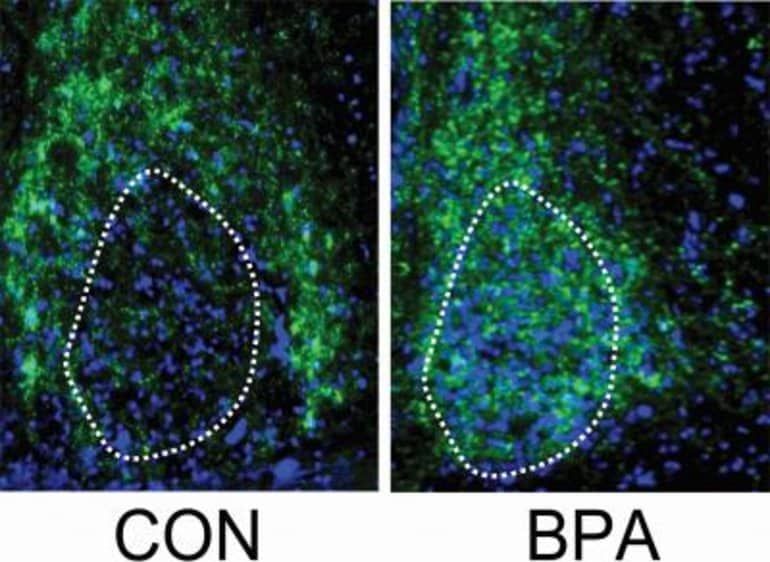La Intel Xe-HPG cada vez es más real y después de varios rumores se han podido ver las primeras imágenes de esta GPU gaming.



The dynamics of water molecules at interfaces controls natural and artificial processes, but experimental investigations have been challenging. Here the authors investigate water molecules on a graphene surface using helium spin-echo spectroscopy, and reveal a regime where freely mobile molecules undergo strong repulsive mutual interactions which inhibit ice nucleation.



Full article available at: https://www.regenerativemedicinedaily.com/parasitic-worms… See More.
Humanity has a long and turbulent history with parasites, even today many parts of the world still struggle with rampant parasitic infections, with pathogens such as the malaria parasite claiming hundreds of thousands of lives every year. By their very nature parasites are harmful to our bodies, or at least that has been the prevailing opinion within the scientific community for as long as we have known of their existence. However, the malicious evolution of parasites might very well have produced a positive side effect which we are only just starting to notice.

‘Quasicrystals’ like these are usually only found in meteorites and formed in the universe’s mightiest explosions.

Summary: Findings of a new study could help to design better strategies to improve sleep in workers with atypical work schedules.
Source: McGill University.
Getting enough sleep can be a real challenge for shift workers affecting their overall health. But what role does being an early bird or night owl play in getting good rest? Researchers from McGill University find a link between chronotype and amount of sleep shift workers can get with their irregular schedules.

Summary: A new mouse study reveals that exposure to BPA at levels 25 times lower than deemed safe has an impact on brain development.
Source: University of Calgary.
Humans are exposed to a bath of chemicals every day. They are in the beds where we sleep, the cars that we drive and the kitchens we use to feed our families. With thousands of chemicals floating around in our environment, exposure to any number is practically unavoidable. Through the work of researchers like Dr. Deborah Kurrasch, PhD, the implications of many of these chemicals are being thoroughly explored.
In January 2020 we released the fly “hemibrain” connectome — an online database providing the morphological structure and synaptic connectivity of roughly half of the brain of a fruit fly (Drosophila melanogaster). This database and its supporting visualization has reframed the way that neural circuits are studied and understood in the fly brain. While the fruit fly brain is small enough to attain a relatively complete map using modern mapping techniques, the insights gained are, at best, only partially informative to understanding the most interesting object in neuroscience — the human brain.
Today, in collaboration with the Lichtman Laboratory at Harvard University, we are releasing the “H01” dataset, a 1.4 petabyte rendering of a small sample of human brain tissue, along with a companion paper, “A connectomic study of a petascale fragment of human cerebral cortex.” The H01 sample was imaged at 4nm-resolution by serial section electron microscopy, reconstructed and annotated by automated computational techniques, and analyzed for preliminary insights into the structure of the human cortex. The dataset comprises imaging data that covers roughly one cubic millimeter of brain tissue, and includes tens of thousands of reconstructed neurons, millions of neuron fragments, 130 million annotated synapses, 104 proofread cells, and many additional subcellular annotations and structures — all easily accessible with the Neuroglancer browser interface.